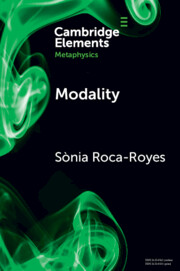Excitable temperament disrupts physiological events required for reproductive development in cattle, but no research has investigated the impacts of temperament on growth and puberty attainment in Bos indicus females. Hence, this experiment evaluated the effects of temperament on growth, plasma cortisol concentrations and puberty attainment in B. indicus heifers. A total of 170 Nelore heifers, weaned 4 months before the beginning of this experiment (days 0 to 91), were managed in two groups of 82 and 88 heifers each (mean ± SE; initial BW=238±2 kg, initial age=369±1 days across groups). Heifer temperament was evaluated via exit velocity on day 0. Individual exit score was calculated within each group by dividing exit velocity into quintiles and assigning heifers with a score from 1 to 5 (1=slowest; 5=fastest heifer). Heifers were classified according to exit score as adequate (ADQ, n=96; exit score⩽3) or excitable temperament (EXC, n=74; exit score>3). Heifer BW, body condition score (BCS) and blood samples were obtained on days 0, 31, 60 and 91. Heifer exit velocity and score were recorded again on days 31, 60 and 91. Ovarian transrectal ultrasonography was performed on days 0 and 10, 31 and 41, 60 and 70, 81 and 91 for puberty evaluation. Heifer was declared pubertal at the first 10-day interval in which a corpus luteum was detected. Exit velocity and exit score obtained on day 0 were correlated (r⩾0.64, P<0.01) with evaluations on days 31, 60 and 91. During the experiment, ADQ had greater (P<0.01) mean BCS and BW gain, and less (P<0.01) mean plasma cortisol concentration compared with EXC heifers. Temperament × time interactions were detected (P<0.01) for exit velocity and exit score, which were always greater (P<0.01) in EXC v. ADQ heifers. A temperament × time interaction was also detected (P=0.03) for puberty attainment, which was delayed in EXC v. ADQ heifers. At the end of the experiment, a greater (P<0.01) proportion of ADQ were pubertal compared with EXC heifers. In summary, B. indicus heifers classified as EXC had reduced growth, increased plasma cortisol concentrations and hindered puberty attainment compared to ADQ heifers. Moreover, exit velocity may serve as temperament selection criteria to optimize development of B. indicus replacement heifers.
